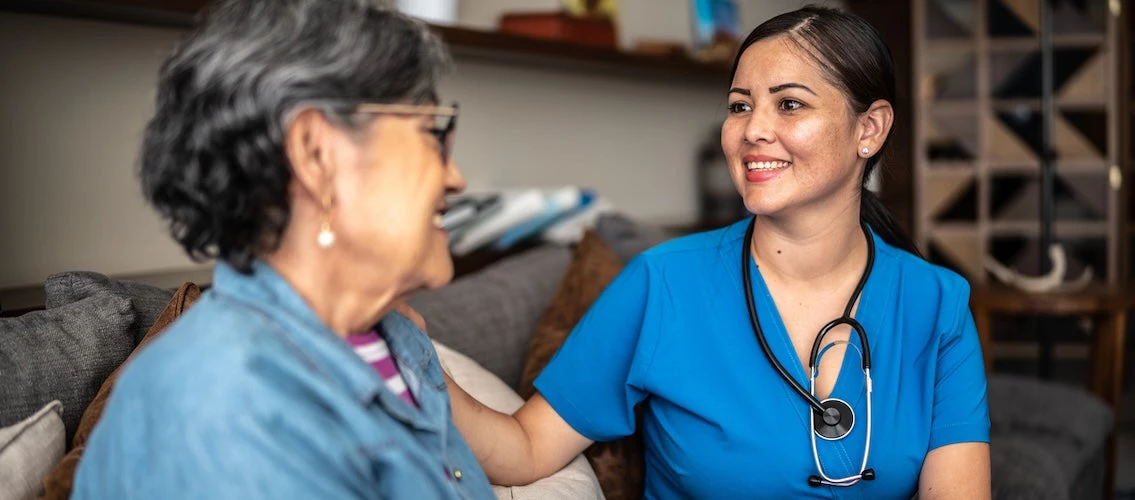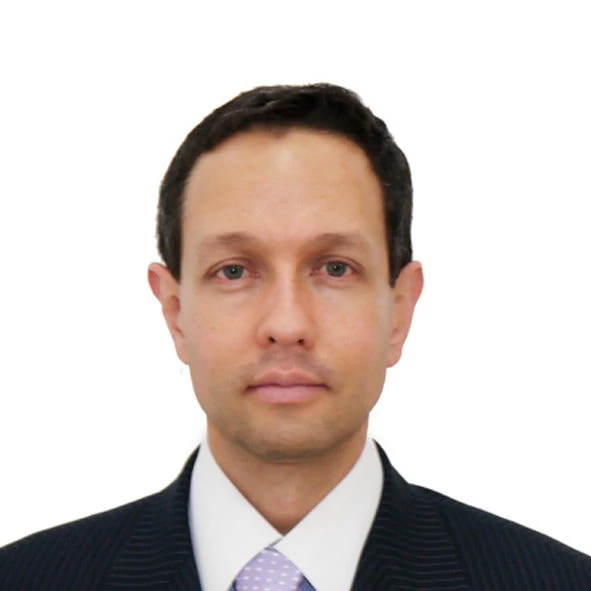 Female doctor checking patient in medical office
Female doctor checking patient in medical office
Primary Health Care (PHC) is an efficient and equitable way of managing public health and individual care in health systems . It ensures timely, comprehensive, and accessible services that fulfill the universal right to health, as well as the well-being and quality of life of the population, regardless of a person’s socio-economic status.
This model focuses on the population’s needs being addressed promptly and with quality care. It includes prevention, treatment, rehabilitation, and palliative care. Countries across Latin America and the Caribbean have similar challenges in achieving quality care, removing access barriers, increasing public expenditure at the primary level of care, and improving the quality of services.
Primary Health Care in Colombia
Although there are still challenges in Colombia, there are also PHC experiences that demonstrate good practices, institutional commitment, and multisectoral action for health, community participation, and person-centered services . These programs are supported by local governments and spearheaded by public and private organizations, of community or indigenous origin.
Here we share examples in three areas:
1. Reducing maternal mortality to zero
The intercultural maternal care Program of the indigenous ESE CXAYU’CE JXUT (“Happy herb that heals ” in the Nasa language) in Cauca, reduced maternal mortality to zero in that region and, according to the women of Toribio and Jambaló, childbirth changed from being a traumatic experience to a beautiful one, in which Western medicine and ancestral knowledge are combined.
2. Diagnoses and timely treatments for Chagas disease, Malaria, and malnutrition
With the model pilot for Chagas treatment in Soatá, Boyacá, supported by the DNDi (Drugs for Neglected Diseases Initiative), the diagnosis of positive cases increased by 1100 percent and the timely commencement of treatment by 63 percent. The diagnostic capacity of the basic health care centers was strengthened with laboratories equipped with technology and screening of the prioritized population. Health personnel were trained and multisectoral coordination and community empowerment were improved.
The work of community health workers at the Hospital of the Divine Child of Tumaco (Centro Hospital Divino Niño de Tumaco), in Nariño, increased the timely detection of cases of malaria and malnutrition, provided continuous follow-up of high-risk pregnancies, increased child growth and development control activities, and increased family planning and vaccination.
3. Emotional bonds that heal
The “Seeds of Bonding” program, spearheaded by the University of the Andes [Universidad de los Andes], provided psychosocial care to mothers, fathers, and caregivers on Tumaco's foster care teams for children ages 0 to 5, affected by forced migration and violence. The goal was to promote healthy emotional bonds and protect the brain, emotional, and cognitive development of the children. The results showed a decrease in the probability of presenting symptoms of anxiety, depression, and post-traumatic stress in children and caregiver mothers.
What do experts recommend?
The lessons learned from the projects coincide with the international consensus: the challenges of chronic diseases are too complex to be managed at the secondary level only. The experts have identified some key elements for solid Primary Health Care:
- Comprehensiveness: PHC must break away from the fragmentation of health systems and care. It should be a comprehensive strategy, focused on the whole person, his/her family, and the community, with a multidisciplinary, local, and multisectoral approach.
- Prevention: Managing demand, increasing early diagnosis, and implementing information and education strategies are critical.
- Interinstitutional coordination: Ensuring continuity of care requires coordination between the primary, secondary, and complementary levels of care, as well as strengthened service delivery networks.
- Interoperable information systems using the same technology platforms: It includes users' medical records, and ensures the smooth functioning of the health system.
- Relevant training: PHC entails reviewing training programs and the roles of physicians, nurses, pharmacists, and community health workers, among other profiles. "We cannot continue to train physicians for the sole purpose of turning them into specialists. We need relevant general practitioners and incentives in the health system," says Alvaro Romero, president of the Association of Medical Schools of Colombia.
- No cost for users: Primary Health Care should be free of charge, supported by public financing, and include blended capitation schemes to promote efficiency and equity, according to The Lancet Global Health Commission Report.
These and other experiences were presented throughout one year in a collaborative learning space, spearheaded by the World Bank and the Primary Health Care Performance Initiative (PHCPI). The topics of governance, community participation, mental health, care for the elderly, and chronic and infectious diseases, among others, were addressed. Fostering open and multi-stakeholder exchanges about innovative solutions in PHC is a step towards achieving the goals of Compact 30•30•30 PHC for Universal Health Coverage.
Here you can find more information on the series “Innovative Primary Health Care Models in Colombia.’’ You can also access presentations and videos in Spanish.
Stay updated with our weekly article
Related articles:





Join the Conversation